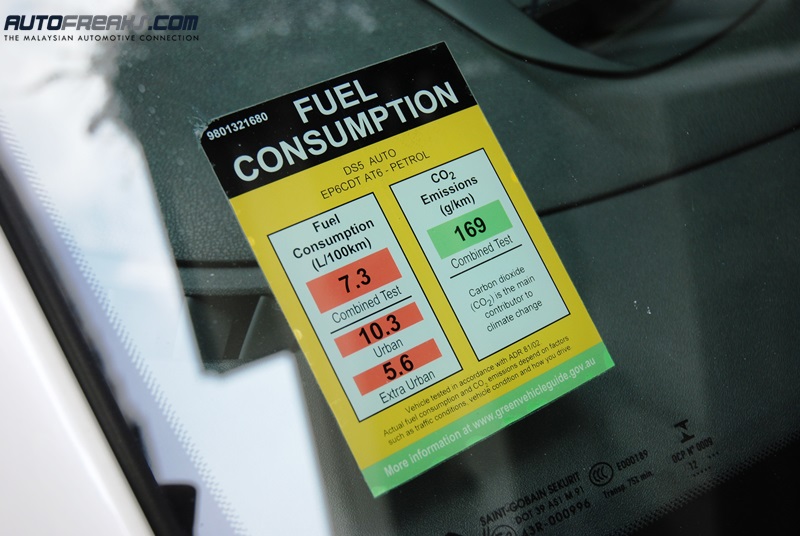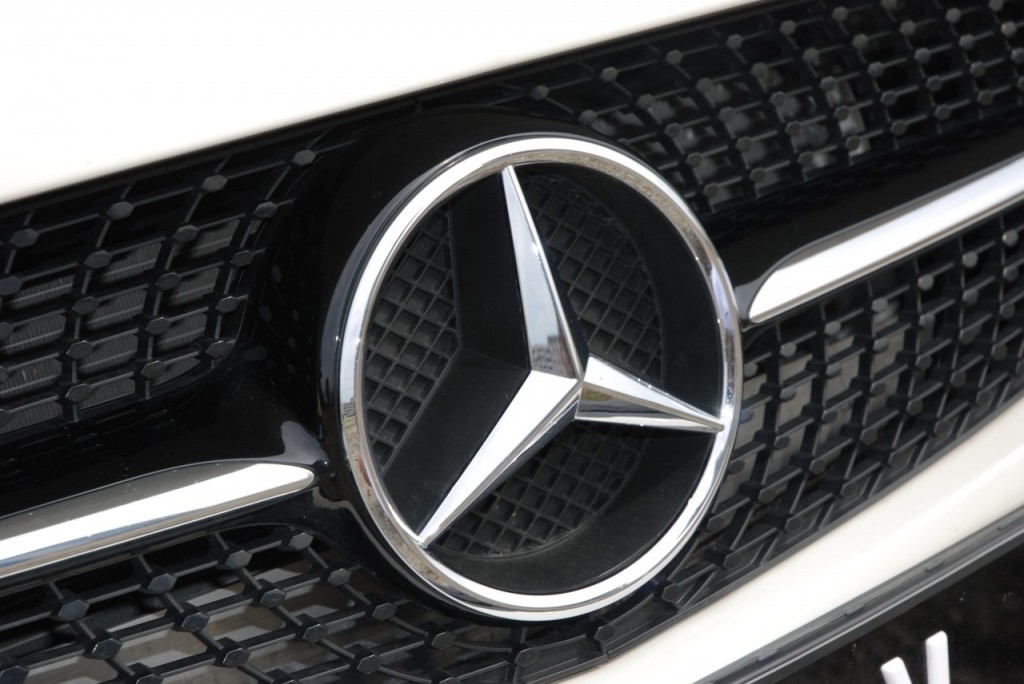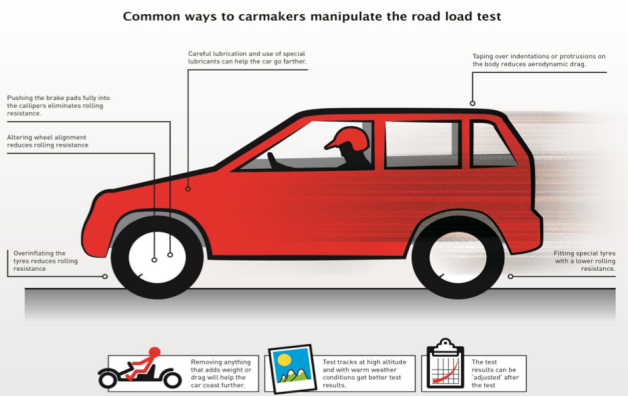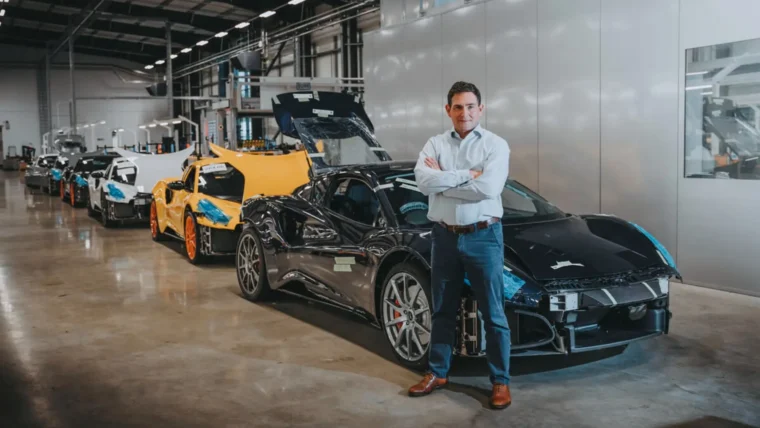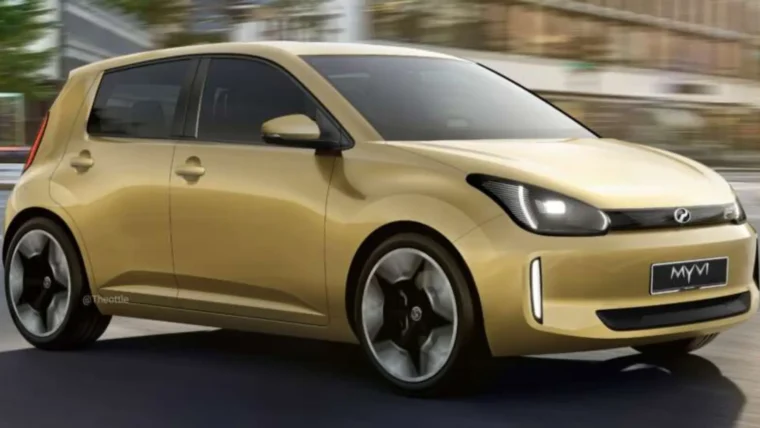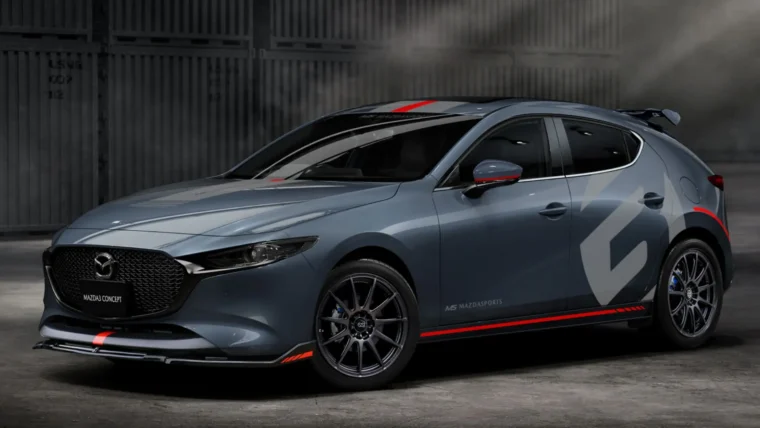When it comes to advertising, we’d like to believe that they tell us the truth, especially when making big purchases like buying a new car. Automakers are keen to point out their unique selling points and this often includes how economical they are on the road. However on average, real-world fuel consumption figures for new cars are considerably different compared to the figures quoted by the automaker in their brochure.
On average, across all car brands, the gap between real-world fuel consumption and carmakers’ claims are between 8% to 31%, but a report by Transport & Environment (T&E) in Europe recently suggested that vehicles sold by Mercedes-Benz, show an almost 40% difference between actual fuel consumption and the company’s own estimates in Europe. That costs a typical driver in Europe an extra 500 euros per year (RM1,660) in fuel costs they wouldn’t have had to pay if the advertised numbers were more accurate.
But how did this happen?
Car manufacturers have a number of ways to make sure they obtain the best results possible. For instance, they normally produce specially prepared prototype vehicles by turning the lights and the air conditioning off; disconnecting the alternator; pushing back the brake pads to reduce friction; removing extra trim; and only allowing one person in the car. It seems there are some car companies even go to the extent of ‘paying’ the testing services to achieve better test results.
How this percentage discrepancy impacts the Economy & Environment…
“Tiny drops of water make a mighty ocean”… The growing gap between test and real-world performance is also damaging European growth and climate goals. T&E forecasts that without a new test regulation the average gap will grow to more than 50% by 2020. The cumulative additional cost of fuel that motorists will be required to buy as a result of ‘test manipulation’ will amount to nearly a trillion euros in 2030. This is oil the EU must import, much of it from Russia, damaging balance of payments and lowering growth as money flows out of the EU economy. The cumulative additional CO2 emissions are estimated to be about 1.5 billion tonnes, increasing the risk of dangerous climate change.
In the US, authorities have been far more effective in identifying carmakers unfairly distorting tests. Hyundai and Ford for example have been required to reimburse customers for incorrect fuel economy figures while Mercedes and BMW-Mini have also been recently caught and are awaiting sanctions to be imposed.
So beware, if your new car swallows more fuel than the brochure promised, it may not be due to your heavy-footed driving. Rather it’s because they were good at manipulating the way vehicles are tested, producing official fuel economy figures in the labs that cannot be replicated in the real world.
Other posts by AF Newsdesk

